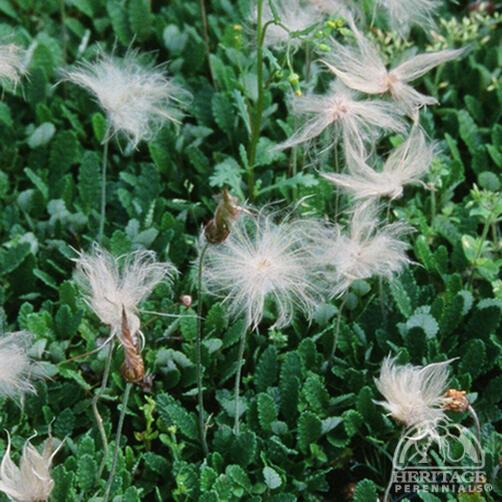Dryas drummondii
Yellow Mountain Avens |
USDA Zone: 2-9 |
Plant number: 1.196.400
Yellow Mountain Avens is native to the mountains of North America, usually growing in gravel or sandy soil. It forms a low spreading mat or carpet of small, glossy evergreen leaves, the woody stems rooting along the ground where they touch. Small nodding yellow flowers appear in late spring followed by feathery seedheads that can be dried for floral arrangements. At home in a well-drained rock garden, also useful for edging pathways or growing between paving stones. Plants are not usually happy about being divided. Self-rooted stems may be moved to a new site in the spring.
Further details for
Dryas drummondii
Optimal Growing Conditions
Sun Exposure Full Sun or Partial Shade
Soil Type Normal or Sandy
Soil pH Neutral or Alkaline or Acid
Soil Moisture Dry
Care Level Easy
Appearance and Characteristics
Flower Colour Yellow
Blooming Time Early Summer Late Spring
Foliage Color Deep Green
Plant Uses & Characteristics Accent: Good Texture/Form Alpine & Rock Containers Dried Flower Drought Tolerant Evergreen Ground Cover Wild Flower
Flower Head Size Small
Height 10-15 cm 4-6 inches
Spread 30-60 cm 12-23 inches
Foot Traffic Light
Growth Rate Slow
Disclaimer: This information is presented for reference only. This plant is not currently part of our Heritage Perennials lineup.
|






